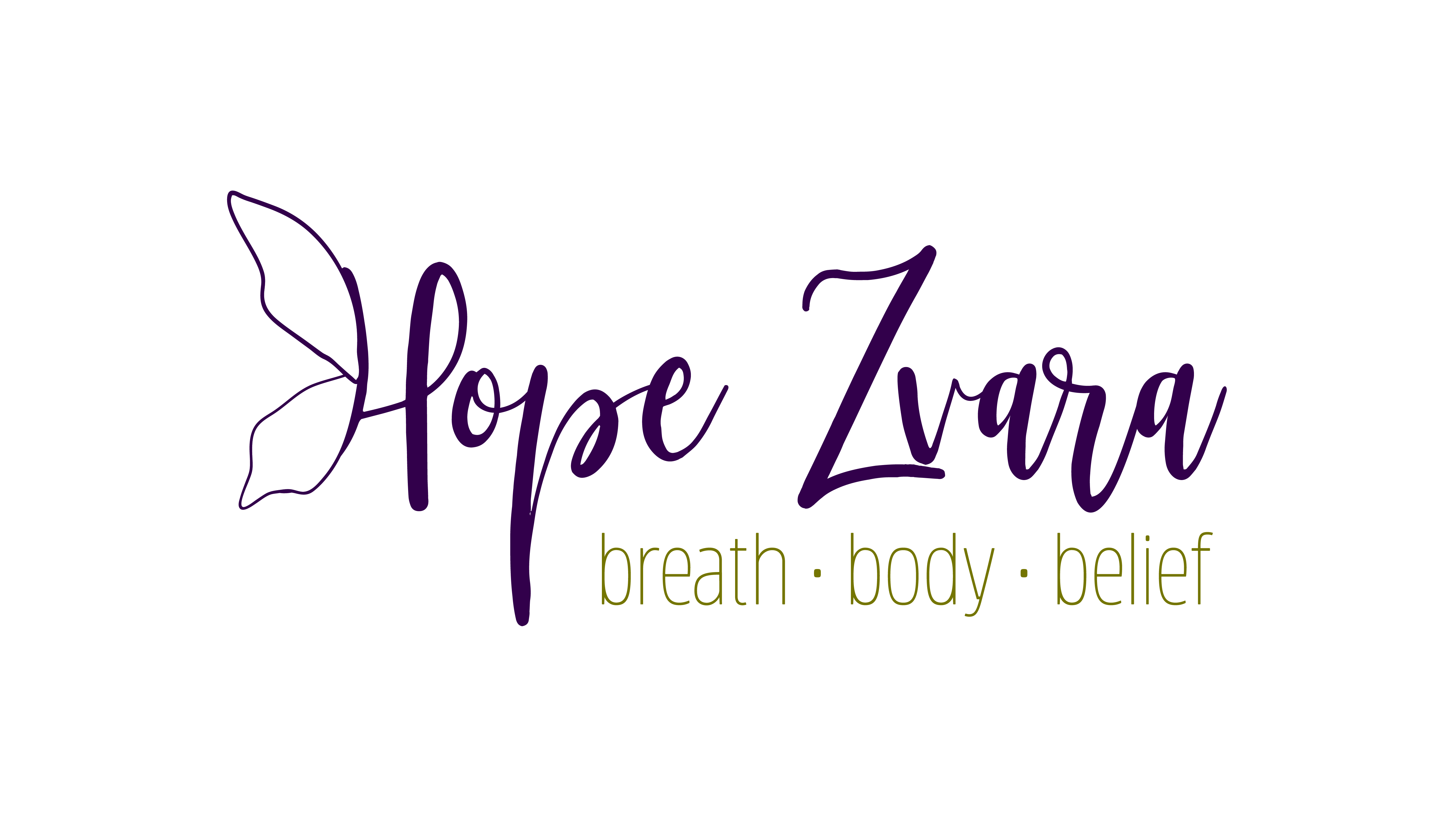If you are a yogi, then downward-facing dog is probably a staple posture in your practice (you may have never heard of puppy dog).
But as a yoga teacher for over a decade, I have discovered that not all down dogs are created equal. Many people, in all actuality, are simply too restricted in the upper body (shoulder girdle) to safely and properly practice this mighty pose. For those of us who are not so stiff, we are so loosey-goosey that we lack true stability to hold ourselves properly.
Several years ago, I wasin a training with Gary Kraftsow (creator of Viniyoga Therapy). He stated quite bluntly,
If you never do another down dog again in your yoga practice, you will survive just fine.”
He unknowingly stemmed my interest in this mysterious pose, and I soon began my quest to understand more.
Here’s the Quick Scoop.
Most of our daily postures, habits, and routines ask us to round our bodies forward in a kyphotic manner. This leaves many of us locked in a very hunched position. We allow minimal mobility in our scapulae, which essentially allow our actual shoulders to move. Add tight hamstrings and a lack of good core awareness, and you’ve got yourself the hunchback of downward-facing dog.
It is unfortunate that many repeatedly force themselves into this posture. They find any pinhole of flexibility they can grasp and milk it for all its worth. Because that is what they think they should be doing.
So what is a teacher to do?
The answer: Introduce her students to their new best friend — puppy dog. Puppy dog allows students to face the true restriction in their scapulae and surrounding muscles. In puppy dog, students are not able to sag into the underarm or bow outward in the elbows. The deltoids and adjoining muscles are too tight to move otherwise.
As for the hamstrings and rounded lower back… It’s now time to calm the ego and learn that bending your knees is actually a better option for both the hamstrings and lower back muscles. Plus, it will take the stress out of the shoulders (in down dog too).
Here’s How to do it:
- Grab a yoga block and turn it to look like a rectangle on the floor in front of you.
- Position yourself on all fours (hands and knees) in front of the block.
- Frame the block with the palm of your hand on each side of the block, palms facing inward.
- Step back into forearm plank and find pelvic neutral, drawing actively on your pelvic-core (bathroom muscles + deep core muscles). Be mindful not to sag in the belly or push the booty to the sky.
- With a broad upper back and a long neck, press evenly through the forearms from your elbow to the pinky finger.
- Exhale deeply and float the hips up and back as you take a small step in hinging the body into a triangle like position.
- Continue to press evenly through the forearms and inward on the block. Imagine you are ready to kick up into a forearm balance (basically push away from the floor, not to collapse into the upper body).
- If you notice the back very rounded, bend the knees to help gain length in the spine again. Even if the knees are bent, you can still press the heels and get a nice calf stretch.
- Finally, where the body is hinged (the hip fold), deeply contract the belly and pelvic floor muscles. Imagine they are drawing you back toward the wall. Your shoulders should not have to do all the work; utilize your core for that.
- Work five to ten breaths and then release to sit on the heels.
Incorporating puppy dog may take some getting used to, but the long term benefit for your practice, shoulder health, and progression to other poses will be priceless.
Have any questions, or want to learn how to use puppy dog in your practice? Join the Mindful Movement PREMIUM Online Studio for unlimited access to all my yoga classes, PLUS live classes, online community, and my entire Asana Video Library, breaking down poses (Just like this one!)
Namaste!
This post was originally published in Nature’s Pathway Magazine.

